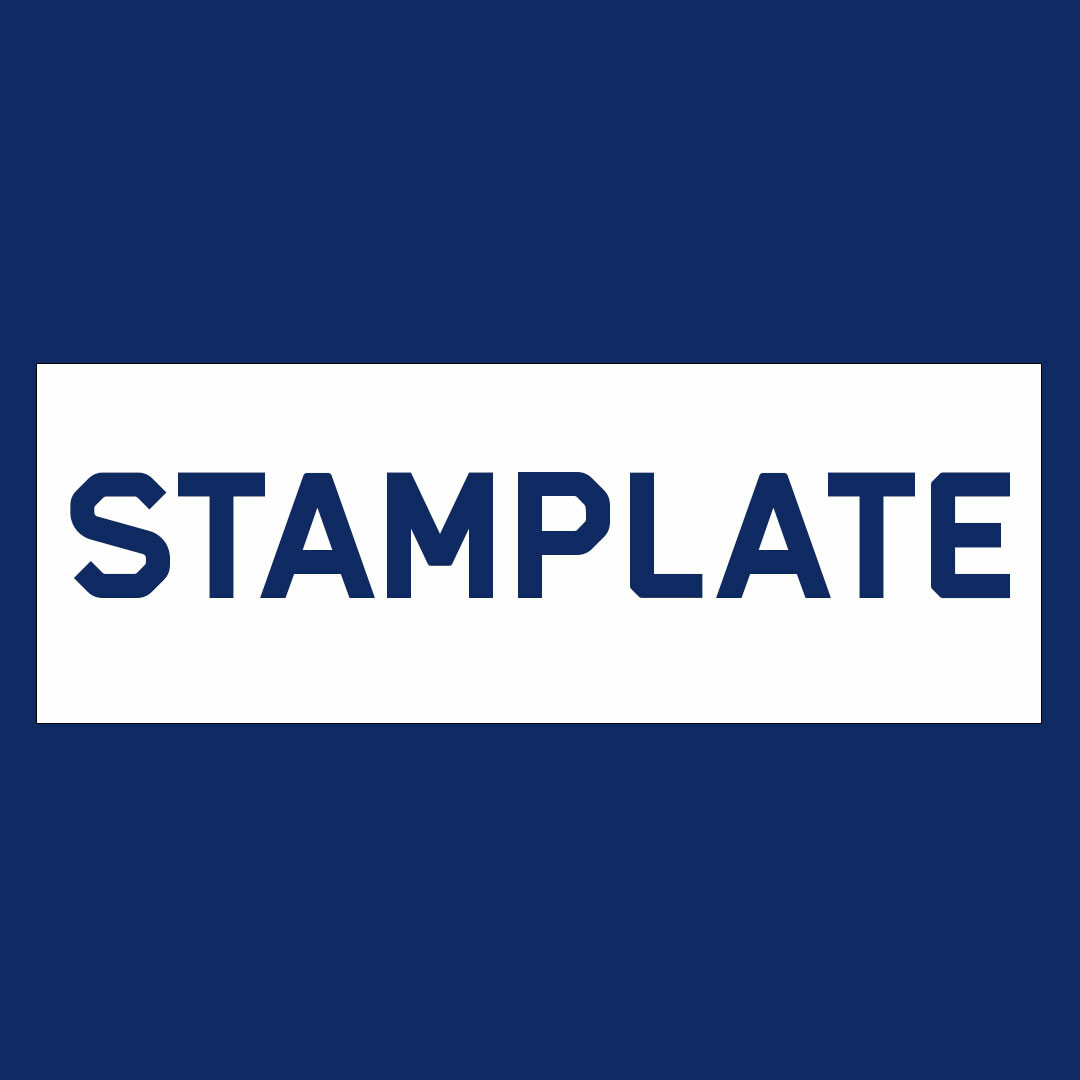The HMC-funded STAMPLATE project aims to implement and establish the SensorThings API (STA) of the Open Geospatial Consortium (OGC) as a consistent, modern and lightweight data interface for time series data. Using representative use-cases from all seven research centers of the Helmholtz Research Field Earth & Environment, we ensure transferability and applicability of our solutions for a wide range of measurement systems. Our project is, hence, making a decisive contribution towards a digital ecosystem and an interlinked, consistent, and FAIR research data infrastructure tailored towards time-series data from environmental sciences.
Time-series data are crucial sources of reference information in all environmental sciences. Beyond research applications, the consistent and timely publication of such data is increasingly important for monitoring and issuing warnings, especially in times of growing frequencies of climatic extreme events. In this context, the seven Centers from the Helmholtz Research Field Earth and Environment (E&E) operate some of the largest environmental measurement-infrastructures worldwide. These infrastructures range from terrestrial observation systems in the TERENO observatories and ship-borne sensors to airborne and space-based systems, such as those integrated into the IAGOS infrastructures.
In order to streamline and standardize the usage of the huge amount of data from these infrastructures, the seven Centers have jointly initiated the STAMPLATE project. This initiantive aims to adopt the Open Geospatial Consortium (OGC) SensorThings API (STA) as a consistent and modern interface tailored for time-series data. We evaluate STA for representative use-cases from environmental sciences and enhance the core data model with additional crucial metadata such as data quality, data provenance and extended sensor metadata. We further integrate STA as central data interface into community-based tools for, e.g., data visualization, data access, QA/QC or the management of observation systems. By connecting the different STA endpoints of the participating research Centers, we establish an interlinked research data infrastructure (RDI) and a digital ecosystem around the OGC SensorThings API tailored towards environmental time-series data.
With our project, we further want to promote STA for similar applications and communities beyond our research field. Ultimately, our goal is to provide an important building block towards fostering a more open, FAIR (Findable, Accessible, Interoperable, and Reusable), and harmonized research data landscape in the field of environmental sciences.
C. Lorenz, U. Kleeberg, M. Hanisch, R. Koppe, A. Lehmann, D. Schäfer, R. Kunkel, H. van der Schaaf; Presentation "The HMC-Project STAMPLATE – development of a decentralized research data infrastructure for time-series data”, KIT RDM Forum.
Schäfer David, Abbrent, M., Gransee, F., Kuhnert, T., Hemmen, J., Nendel, L., Palm, B., Schaldach, M., Schulz, C., Schnicke, T., & Bumberger, J.; Software "time.IO - A fully integrated and comprehensive timeseries management system", 18.09.2023; https://zenodo.org/records/8354840.

